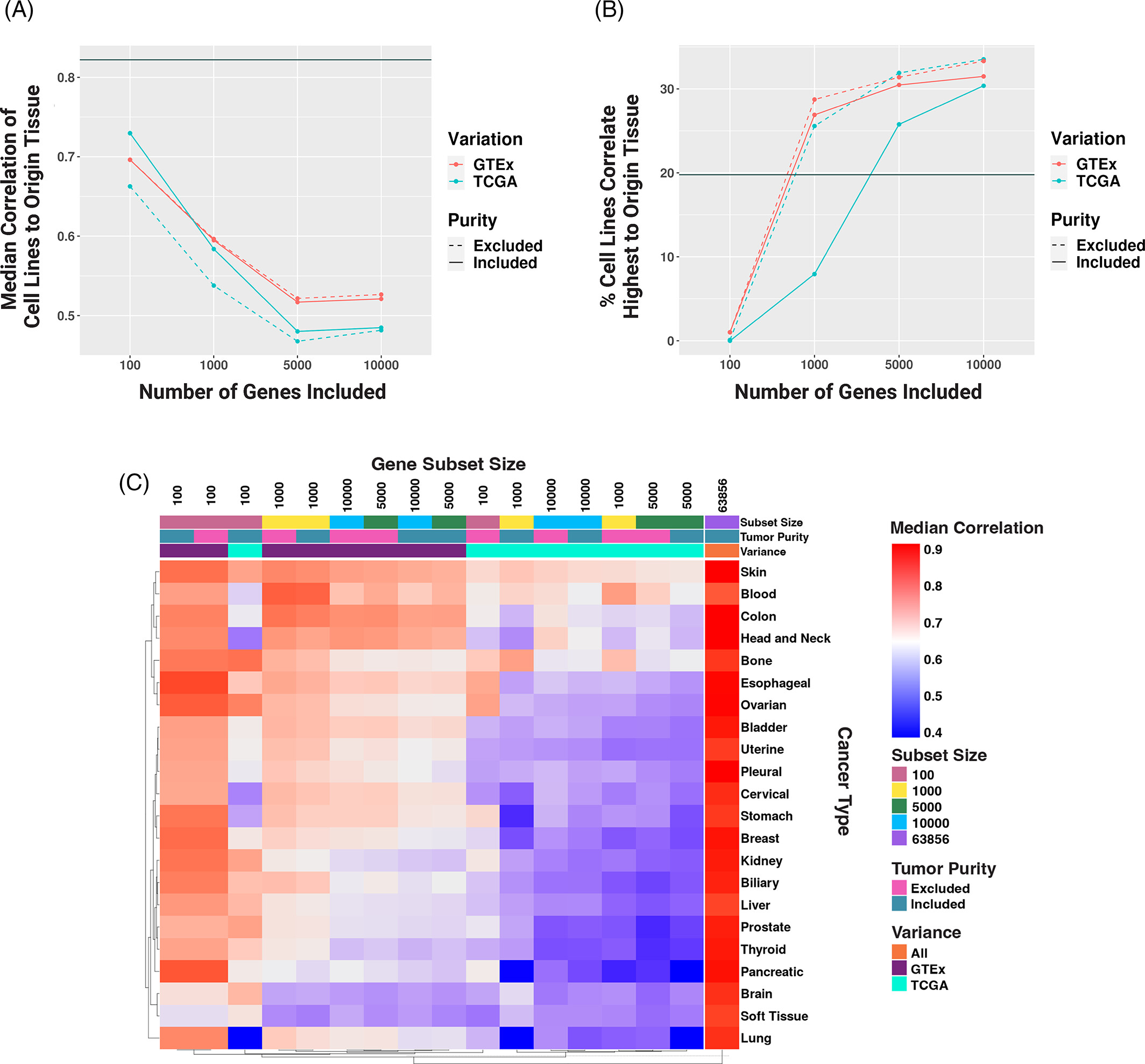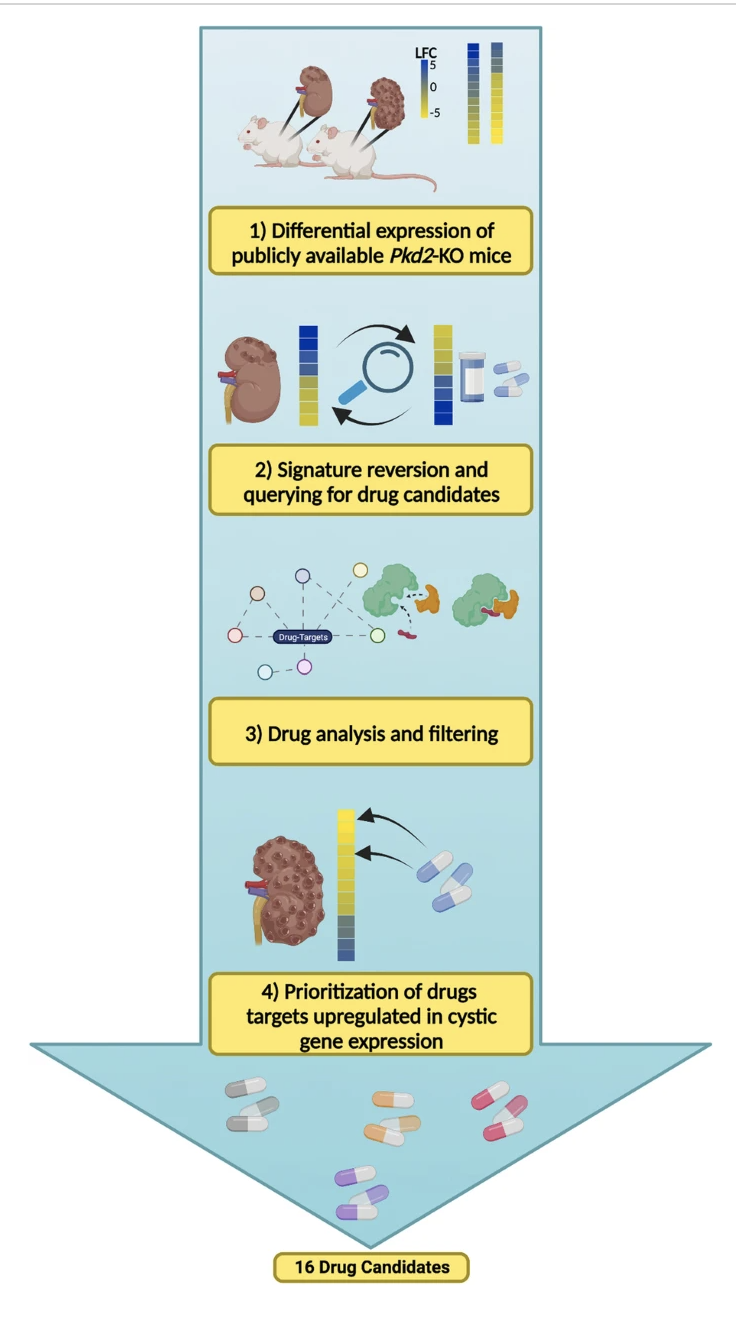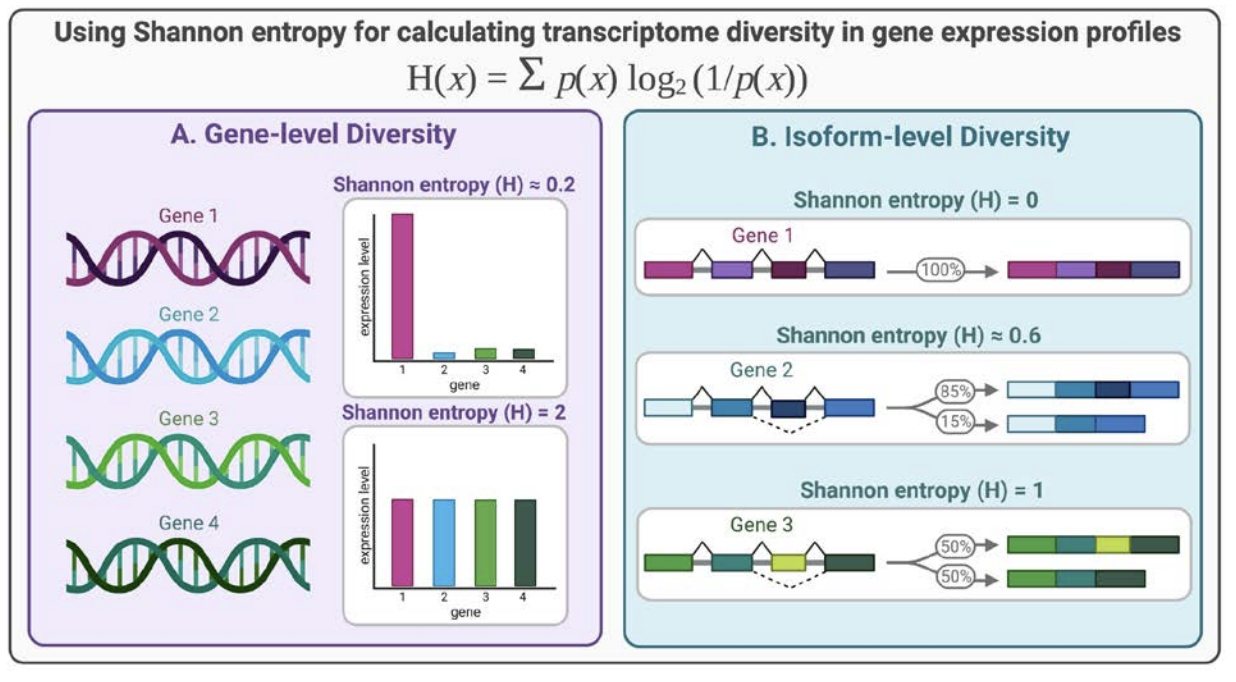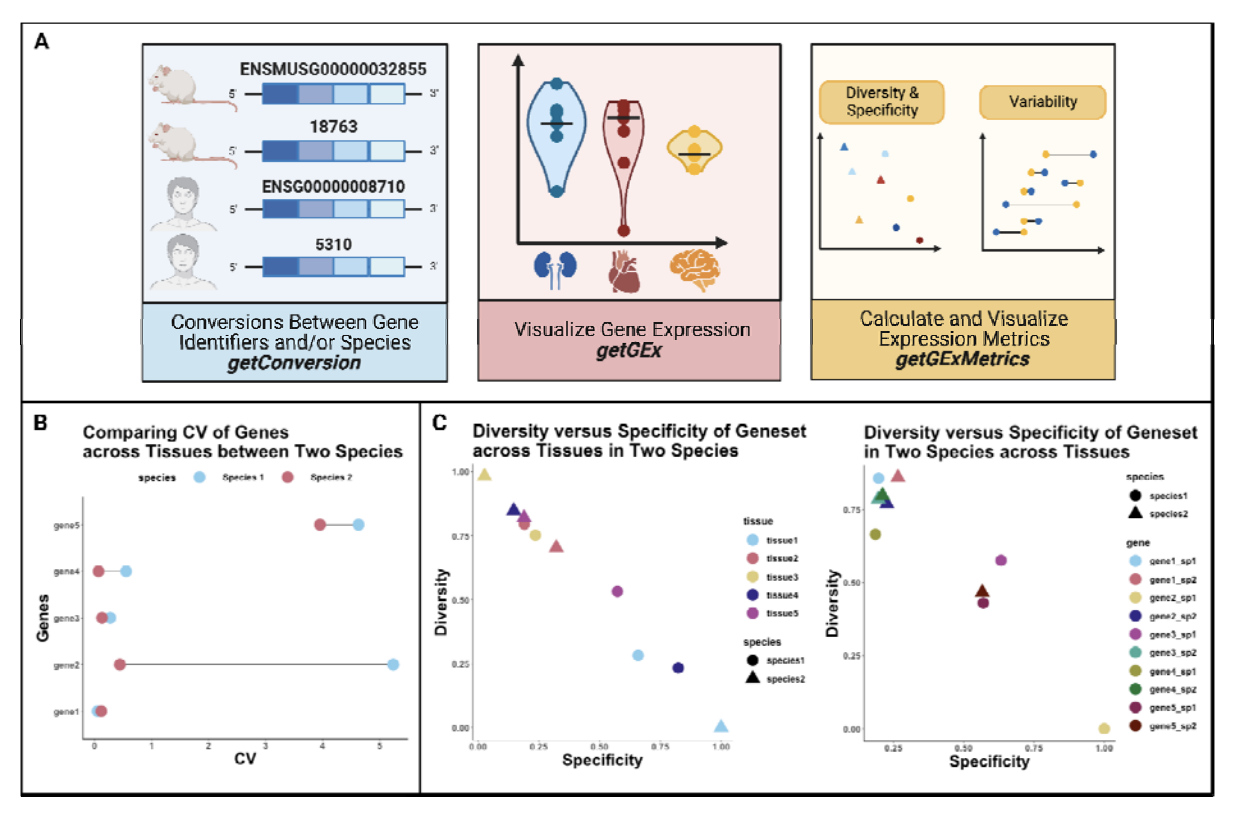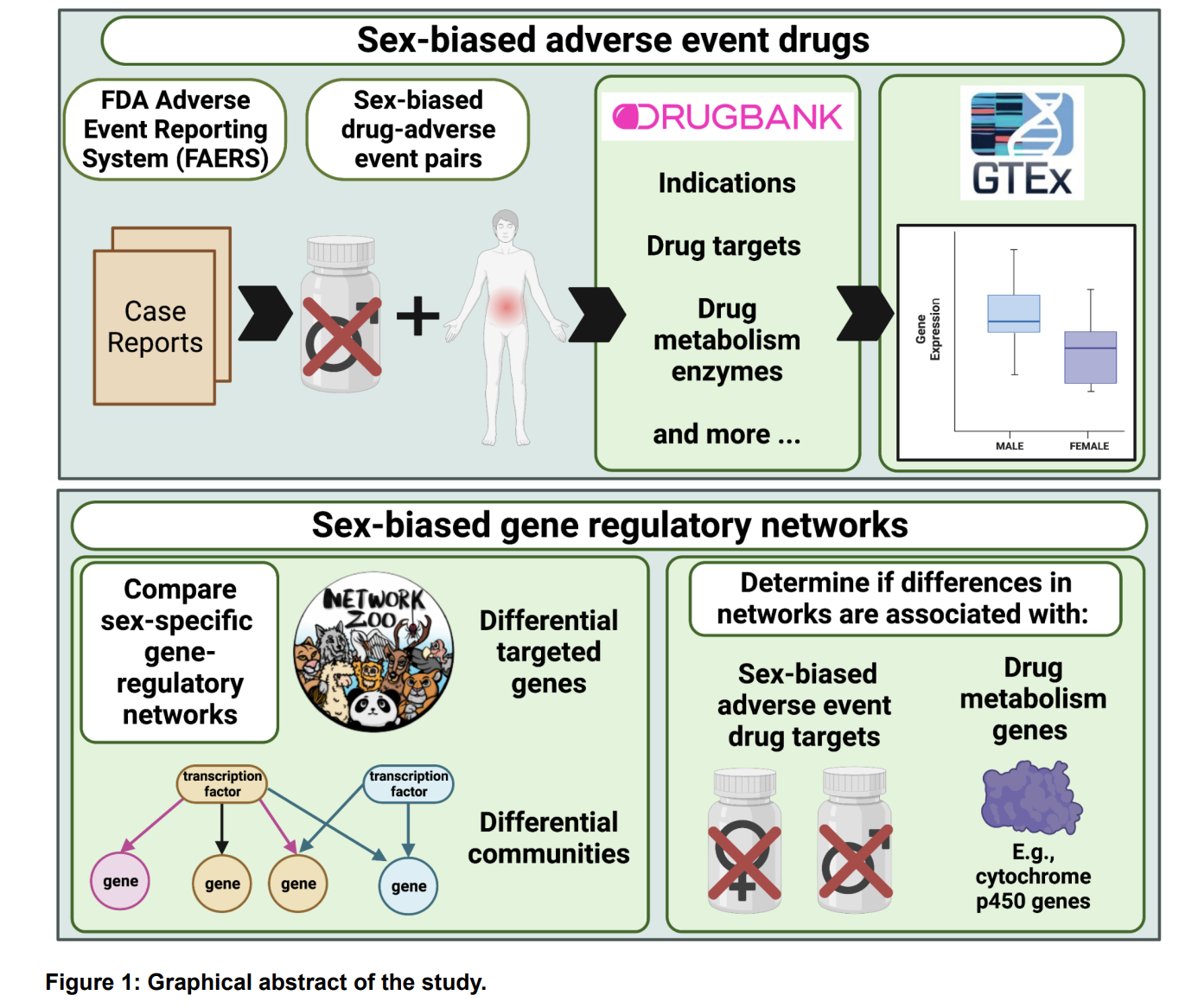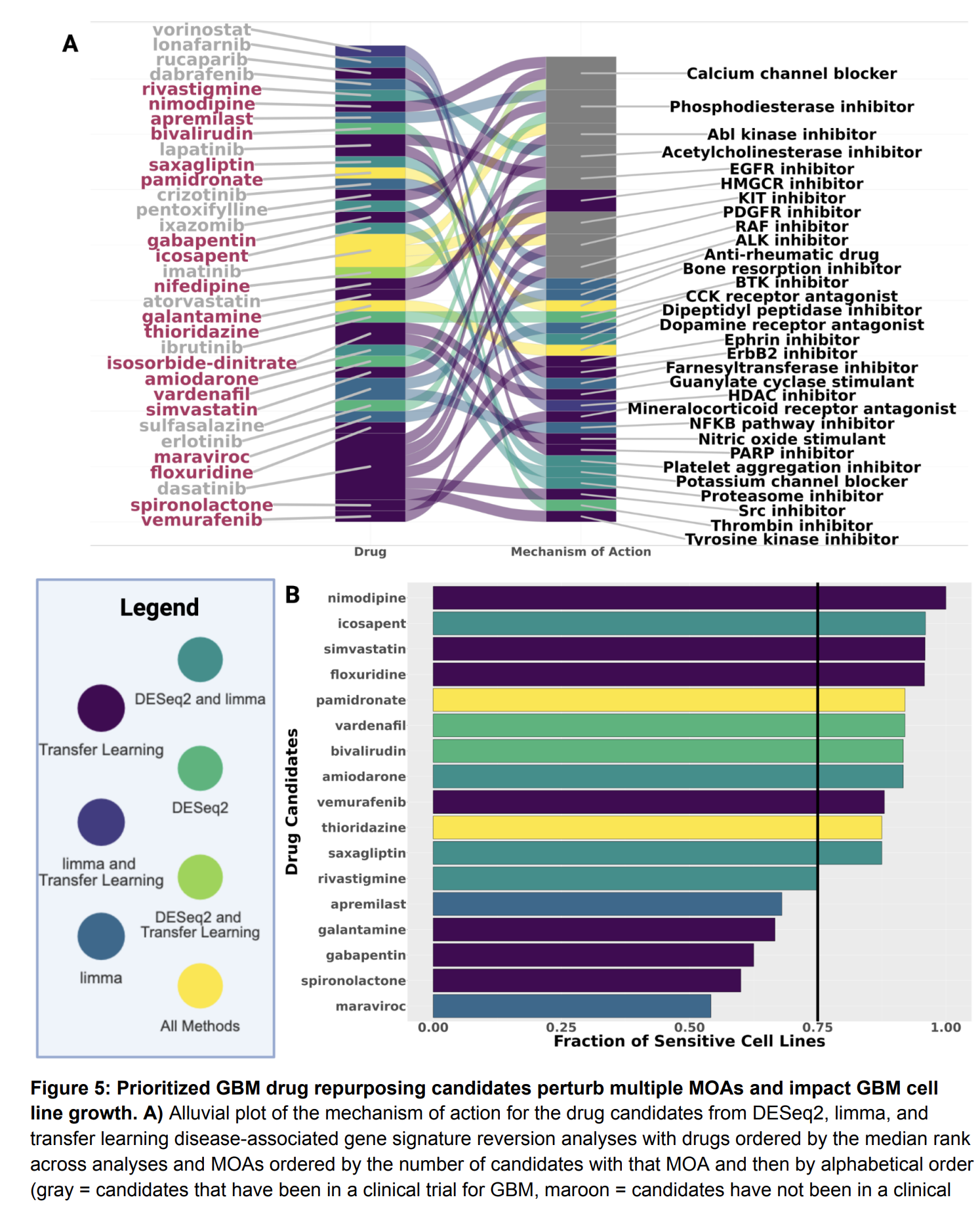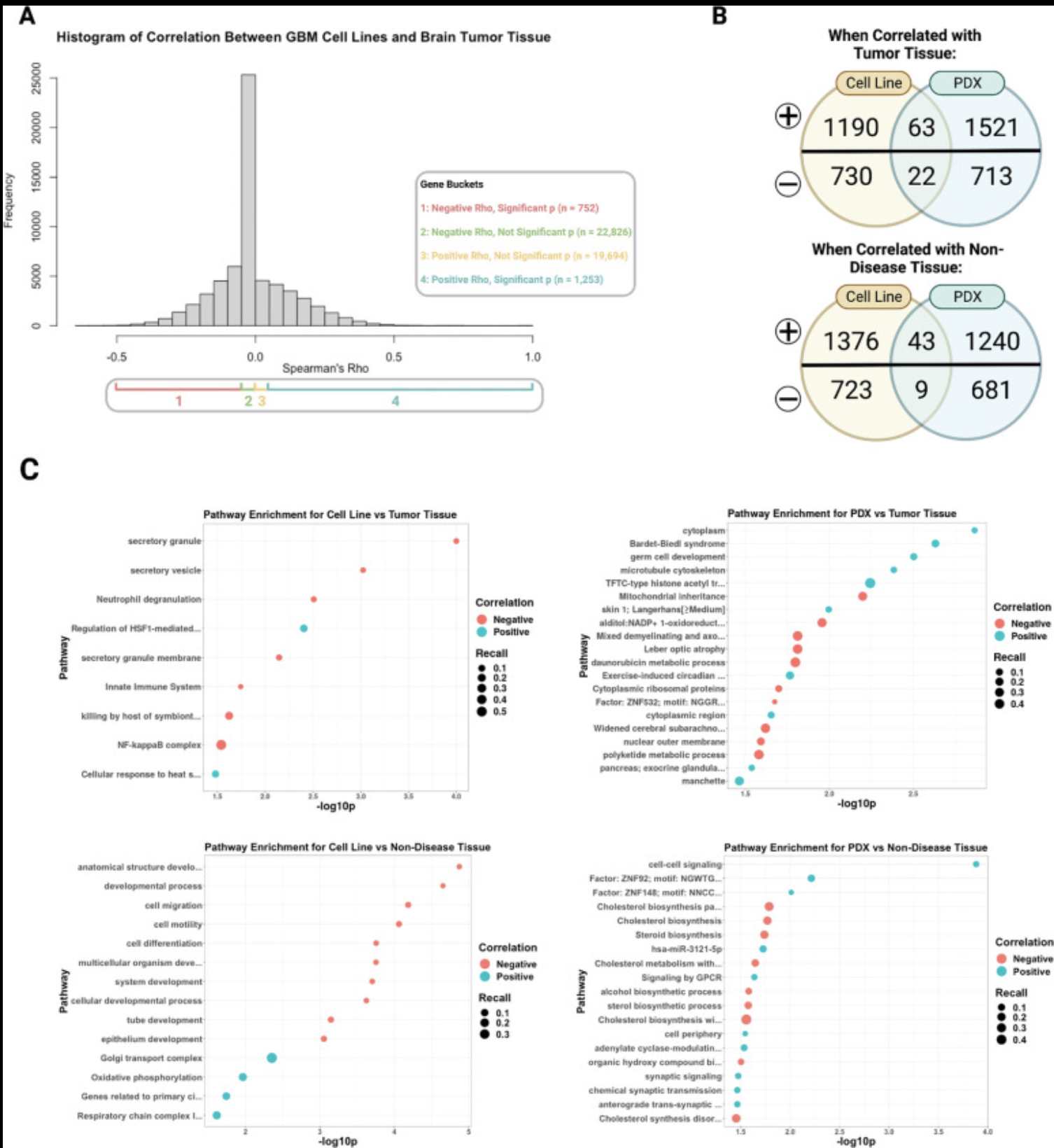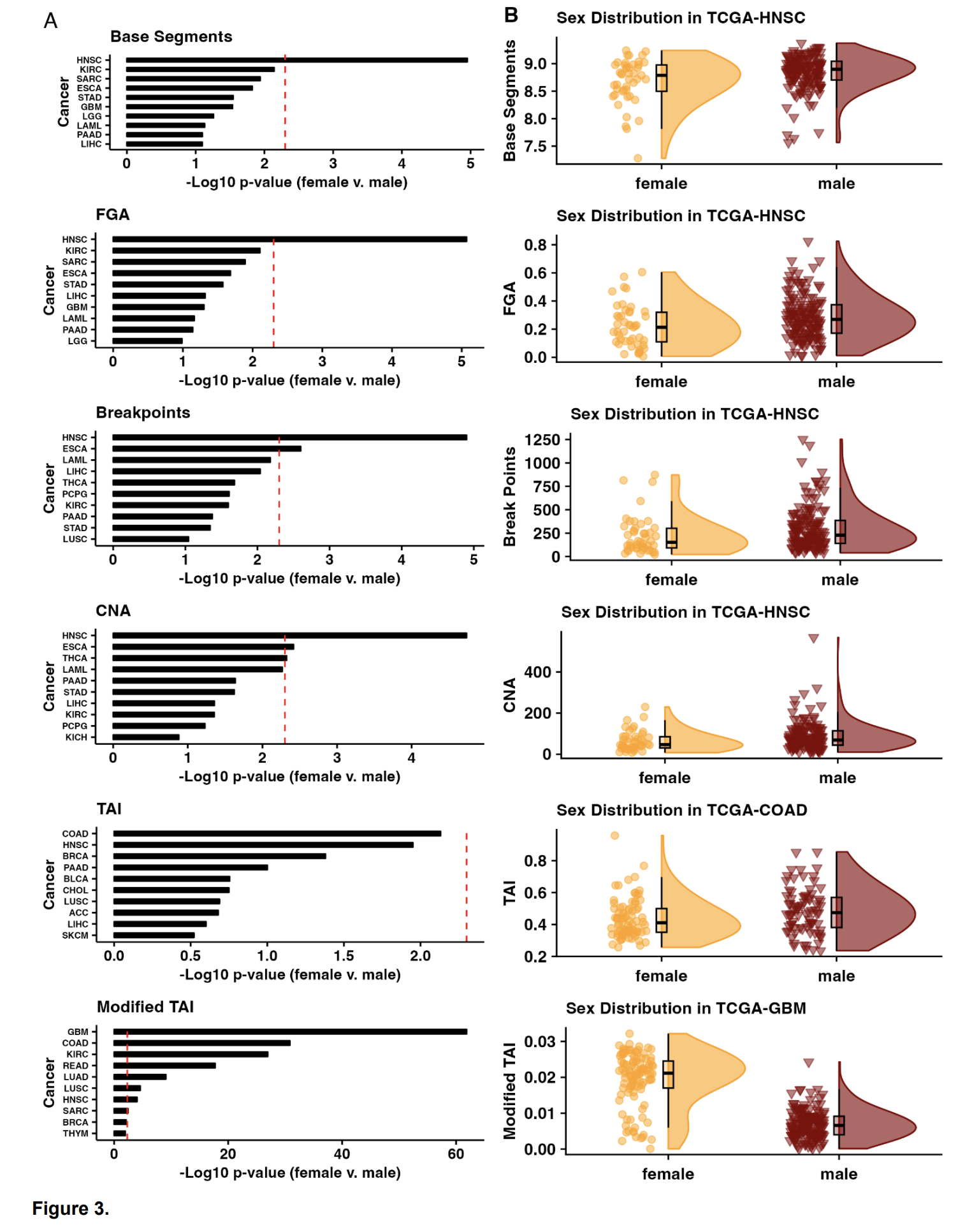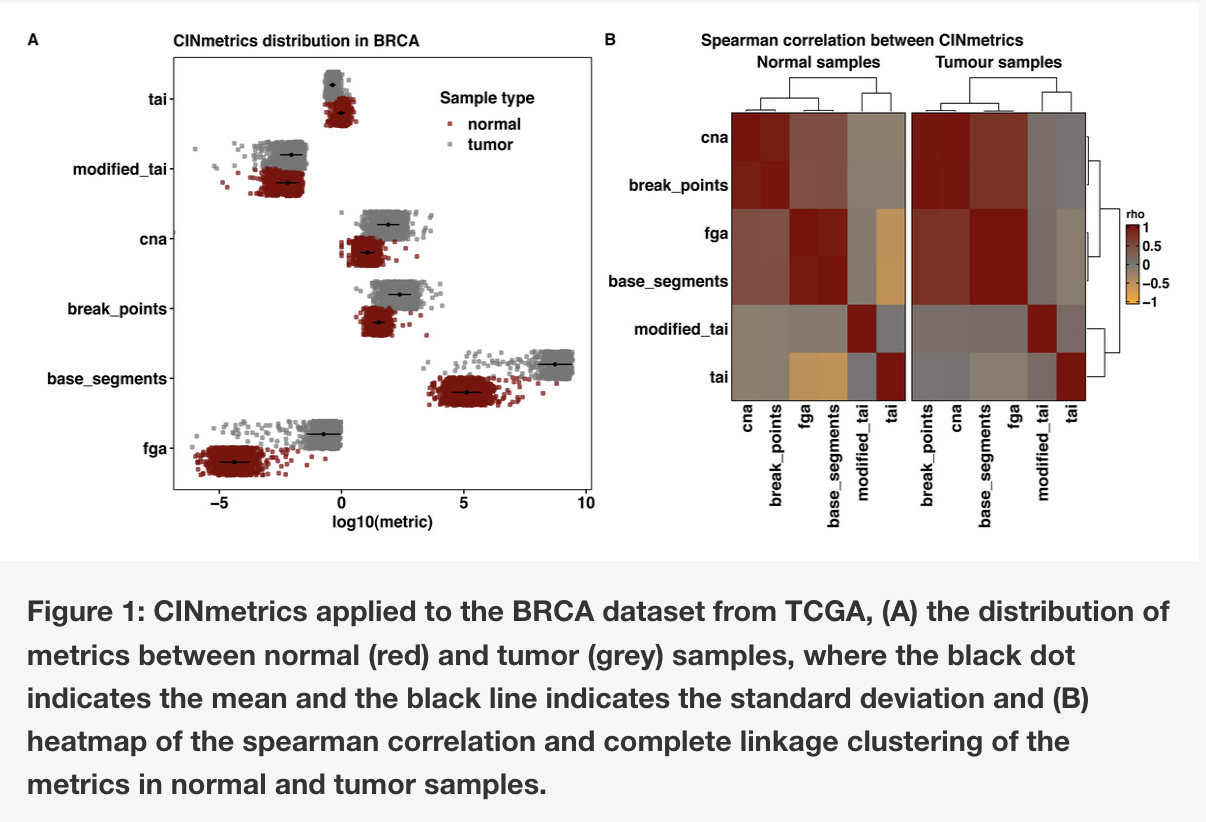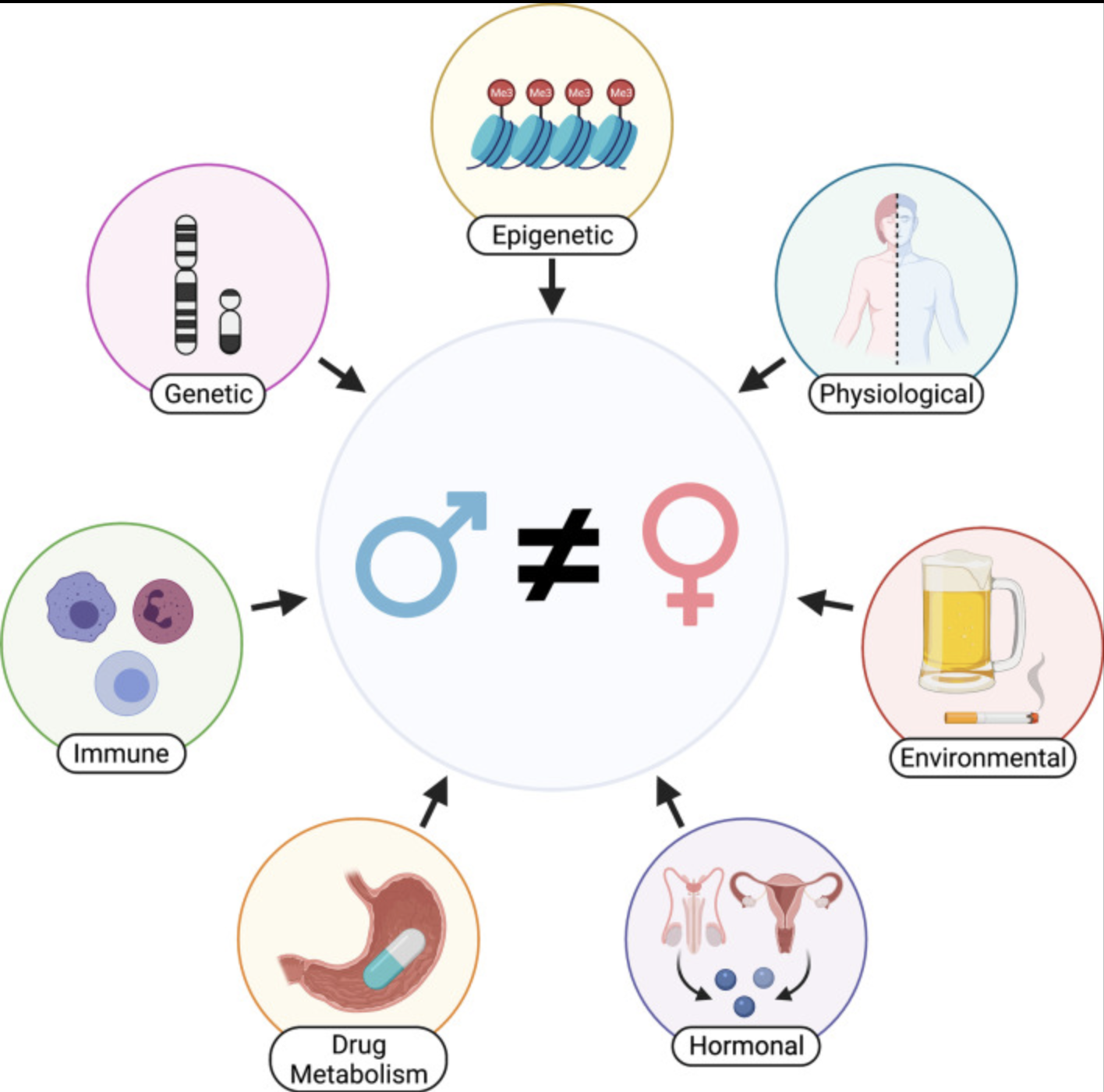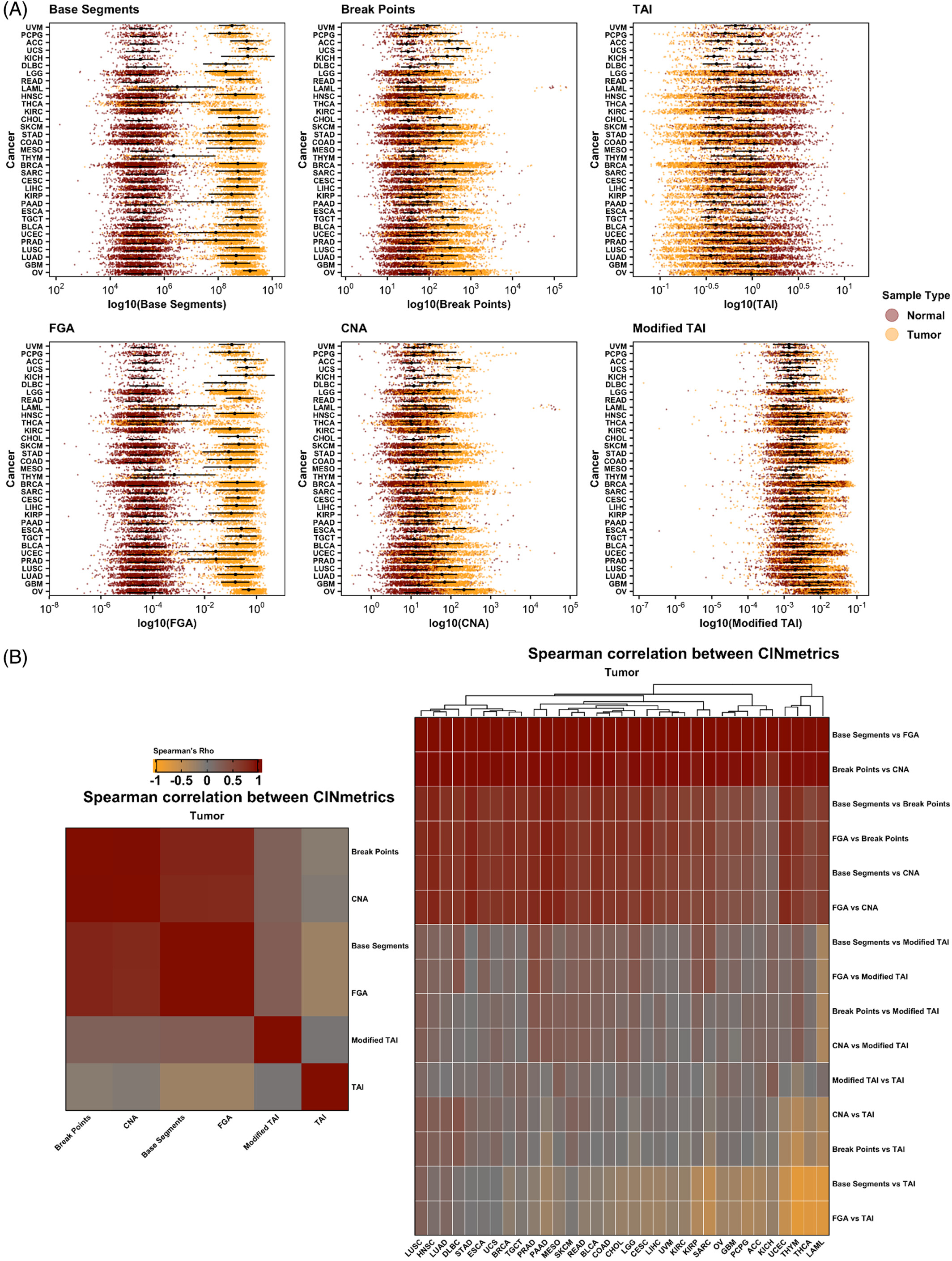
Journal: Cancer Reports
Authors: Sasha Taluri, Vishal H. Oza, Tabea M. Soelter, Jennifer L. Fisher, Brittany N. Lasseigne
Background. Cancer is a complex disease that is the second leading cause of death in the United States. Despite research efforts, the ability to manage cancer and select optimal therapeutic responses for each patient remains elusive. Chromosomal instability (CIN) is primarily a product of segregation errors wherein one or many chromosomes, in part or whole, vary in number. CIN is an enabling characteristic of cancer, contributes to tumor-cell heterogeneity, and plays a crucial role in the multistep tumorigenesis process, especially in tumor growth and initiation and in response to treatment.
Aims. Multiple studies have reported different metrics for analyzing copy number aberrations as surrogates of CIN from DNA copy number variation data. However, these metrics differ in how they are calculated with respect to the type of variation, the magnitude of change, and the inclusion of breakpoints. Here we compared metrics capturing CIN as either numerical aberrations, structural aberrations, or a combination of the two across 33 cancer data sets from The Cancer Genome Atlas (TCGA).
Methods and Results. Using CIN inferred by methods in the CINmetrics R package, we evaluated how six copy number CIN surrogates compared across TCGA cohorts by assessing each across tumor types, as well as how they associate with tumor stage, metastasis, and nodal involvement, and with respect to patient sex.
Conclusions. We found that the tumor type impacts how well any two given CIN metrics correlate. While we also identified overlap between metrics regarding their association with clinical characteristics and patient sex, there was not complete agreement between metrics. We identified several cases where only one CIN metric was significantly associated with a clinical characteristic or patient sex for a given tumor type. Therefore, caution should be used when describing CIN based on a given metric or comparing it to other studies.
TC Howton – October 11, 2023

